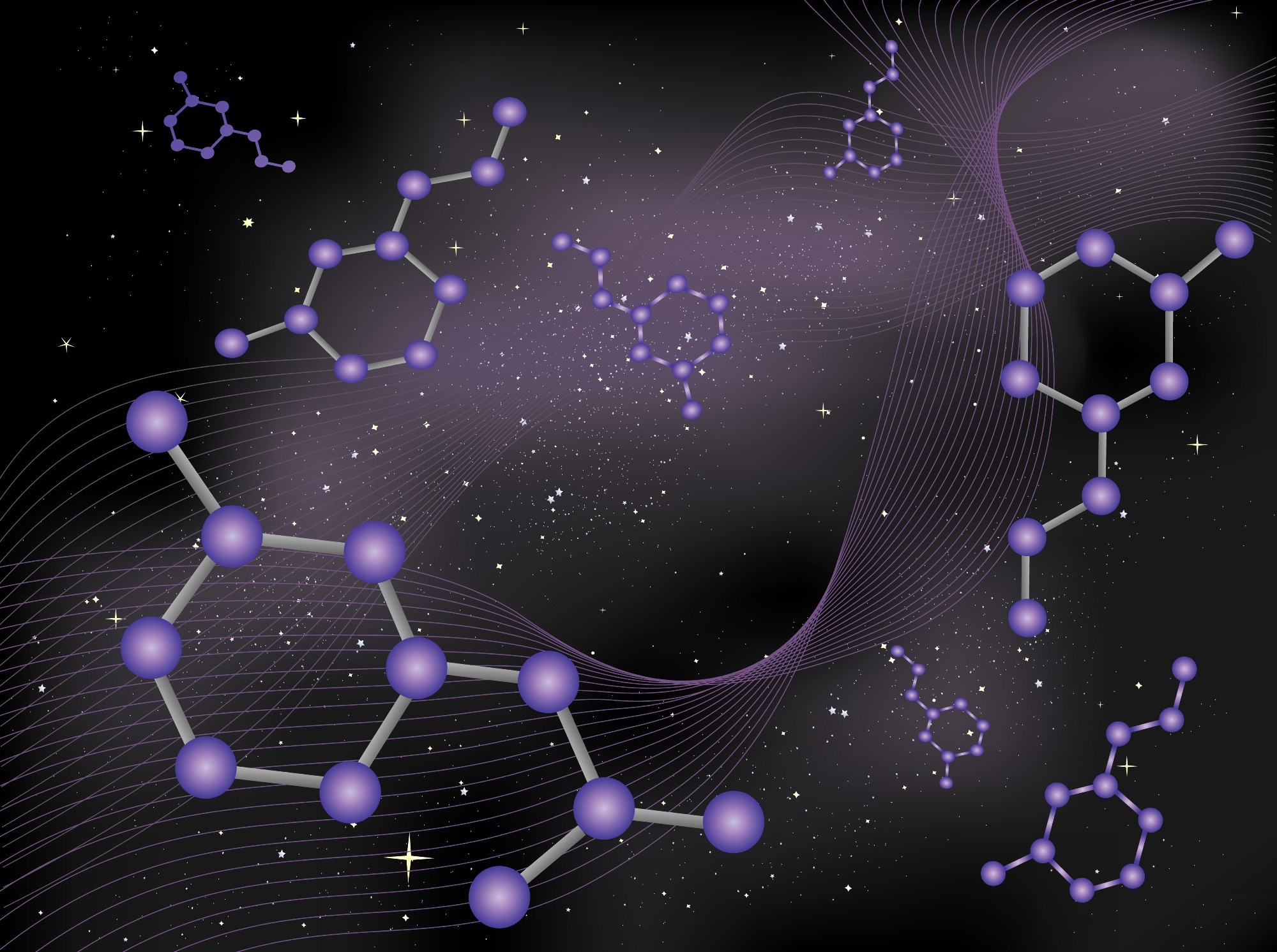In this article, we define the Panspermia Hypothesis, the theories defining its foundation, and the evidence so far.

Image Credit: Mark R/Shutterstock.com
Panspermia Hypothesis – The Foundation
There are many different theories for how life originally started on Earth. Some are more likely than others, but one thing that is strongly suspected is that life arose as soon as the environment was favorable, which suggests that it evolved incredibly fast or came from an outside source. The Panspermia Hypothesis builds on the second option.
The Hypothesis proposes that life came to Earth from space by way of a comet or meteorite. It also supports the idea that there is life on other planets elsewhere in the universe. It is proposed that life, or all the components for life, originated in spatial ices deep in space and were transported to Earth.
Astrobiology explores the possibilities of life elsewhere in the universe and has uncovered compelling evidence in favor of the panspermia hypothesis. From searching for planets comparable to Earth to uncovering the extremes microbes and other microorganisms can withstand, there is strong evidence for this theory.
The idea of life traveling between planets was first proposed by the Greek philosopher Anaxagoras (500-428 BC). He envisioned the traveling of life between planets to the spreading of seeds.
Life Originating in Space
Evidence has shown that molecules such as amino acids and sugars, along with the other building blocks needed to produce Deoxyribonucleic acid (DNA) and Ribonucleic acid (RNA), can be produced in space. Researchers demonstrated that these organic molecules could be produced by using ultraviolet (UV) radiation and other environmental factors mimicking those found in the vacuum of space.
Molecules needed for the development of life, such as carbon, water and ammonia, have been found to be generated and transported through space. It has even been suggested that some organic compounds found in space and on meteorites are byproducts or remnants of organic life. However, this has been disputed as UV radiation and other factors are capable of producing such molecules.
Still, the implications of these experiments are enormous. If the basic building blocks of life are able to be produced in space, it would mean that life found elsewhere in the universe would have the same molecular makeup as us.
Life Originating on Another Planet
The process of life escaping its planet and going on to seed others is divided into three basic steps. For life to spread to another planet, it would first have to leave its original planet. The possibility of microbial spores escaping their planet has been shown to be possible. Through the sampling of Earth's high-altitude atmosphere, it has been established that microorganisms can survive in these conditions.
It has also been established that certain microbes have the ability to survive the Sun's UV radiation at higher intensities. It is also proposed that if these microbes did manage to escape the Earth's orbit embedded in a meteorite, the meteorite would give some protection.
The second stage is traveling through space to their destination. It has already been established that the molecular building blocks of life can survive the harsh conditions of space, and there are many examples of life on Earth thriving in extreme environments, from the arctic tundra to the hydrothermal vents under the sea.
Considering the variety of environments life has managed to persist in, the possibility of surviving the vacuum of space does not pose the largest challenge.
The most pressing issue is life forms surviving the extreme heat from entering an atmosphere. However, it is thought that this massive burst of heat would be for such a short time that the microbial spores might be able to withstand it, especially if they are embedded in a meteorite.

Image Credit: Dima Zel/Shutterstock.com
Life on Other Planets
The search for extraterrestrial life has attracted a great deal of interest from a wide audience, with Mars a popular option to explore. The Viking Mars landers were used to inspect the soil on Mars for signs of life using some of the most sophisticated techniques available at the time. Although three of the experiments returned no signs of life, the labeled release (LR) experiment returned a clear positive.
The LR experiment detects radioactively labeled compounds given off by microorganisms, so the positive result suggested the presence of live microorganisms in the soil on Mars.
There has been some ambiguity surrounding the results, with some doubt being cast on them, but along with the evidence of water under the surface and the seasonal emissions of methane, the case for potential life being present on Mars is beginning to amass evidence.
When the ALH84001 Martian meteorite was found in Antarctica, there was an explosion of interest as it was thought to contain proof of biological activity. The meteorite was shown to contain magnetite and sulfide minerals along with carbon globules that looked like smaller versions of bacterial cells found on Earth.
Since its initial discovery, the excitement surrounding these proposed signs of life has diminished because some researchers say the evidence is not compelling enough to provide proof of life. It is also suggested that the geology of the meteorite is not in keeping with the necessary environment for life to flourish.
The Darwin Project was launched and aims to detect the presence of a variety of molecules needed for life to flourish on planets outside our solar system. These include carbon dioxide, water, methane and, most importantly, oxygen. A "hot Jupiter" exoplanet has been analyzed by the Darwin Project and possesses all the aforementioned molecules with the exception of oxygen.
How Likely Is the Panspermia Hypothesis?
Although it seems like a far-fetched notion, the evidence supporting this theory continues to mount. From the generation of life-affirming molecules on exoplanets to the discovery of essential compounds in the vacuum of space, the likelihood that life originated in space is increasing.
As the evidence of life generation in another world increases, the likelihood that there is extraterrestrial life also grows. The data being returned by projects like the Darwin project continue to build a stronger case for the Panspermia hypothesis.
Sources:
Gomez de Castro, A. (2021). Forward. Ultraviolet Astronomy and the Quest for the Origin of Life. doi.org/10.1016/B978-0-12-819170-5.06001-2
Kawaguchi, Y. (2019). Panspermia Hypothesis: History of a Hypothesis and a Review of the Past, Present and Future Planned Missions to Test This Hypothesis. Astrobiology. doi.org/10.1007/978-981-13-3639-3_27
Mcnichol, J. & Gordon, R. (2012). Are We from Outer Space? A Critical Review of the Panspermia Hypothesis. Genesis- In The Beginning. doi.org/10.1007/978-94-007-2941-4_30
Last Updated: Oct 23, 2023